How to Reformat a Hard Drive in Windows 10
Learn how to securely erase all of your data from a hard drive and start fresh with a new system with this guide on how to reformat a hard drive in Windows 10! Get step-by-step instructions on formatting your hard drive and setting up a new system.
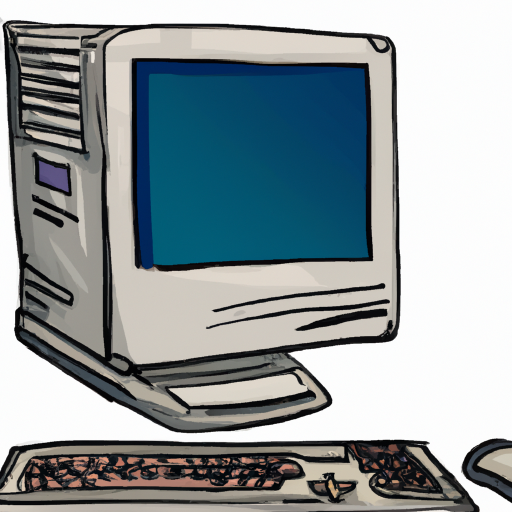
Reformatting your computer’s hard drive is an important task that should be completed regularly. It can help you get rid of unwanted files and can also help you keep your computer running smoothly. If you’re using Windows 10, then you’ll be glad to know that reformatting your hard drive is a relatively simple process.
In this article, we’ll discuss how to reformat a hard drive in Windows 10. We’ll cover the steps you need to take to get the job done, as well as some tips to make the process a bit easier. Let’s get started.
Step 1: Create a Backup of Your Data
The first thing you need to do before you reformat your hard drive is to make sure you have a backup of all your important data. This is especially important if you’re reformatting your primary hard drive, as all your data will be erased during the process.
We recommend that you back up your data to an external drive or a cloud storage service. You can also back up your data to a DVD or a USB flash drive. Once you’ve created a backup of your data, you can proceed to the next step.
Step 2: Boot Into Your System Setup
The next step is to boot into your system setup, also known as BIOS. To do this, you’ll need to restart your computer and press the appropriate key to access the BIOS menu. This key is typically the F1, F2, or Delete key, but it can vary depending on your computer’s make and model.
Once you’ve accessed the BIOS menu, navigate to the Boot menu and make sure that your primary hard drive is set as the first boot device. You can then save your changes and exit the BIOS menu.
Step 3: Open the Disk Management Utility
Now that you’ve made sure that your primary hard drive is set as the first boot device, you can proceed to the next step. This step involves opening the Disk Management utility. To do this, you’ll need to open the Start menu and type “disk management” into the search bar. Once you’ve opened the utility, you’ll see a list of all the drives connected to your computer.
Step 4: Reformat Your Hard Drive
Now that you’ve opened the Disk Management utility, you can proceed to reformat your hard drive. To do this, right-click on the drive you want to reformat and select “Format” from the context menu. You’ll then be asked to select the file system you want to use for the drive. We recommend that you use the NTFS file system, as it’s more secure than the FAT32 file system.
Once you’ve selected the file system you want to use, click “OK” to begin the reformatting process. The process can take several minutes, so be patient. Once the reformatting process is complete, you’ll be able to use your newly reformatted hard drive.
Step 5: Restore Your Data
The last step is to restore your data from the backup you created in step one. To do this, open the backup you created and copy the data to your newly reformatted hard drive. This can be done using a USB flash drive, an external hard drive, or a cloud storage service. Once you’ve restored your data, you’re done.
Reformatting your hard drive in Windows 10 is a relatively simple process. All you need to do is create a backup of your data, boot into your system setup, open the Disk Management utility, reformat the drive, and restore your data from the backup. With these steps, you’ll be able to keep your computer running smoothly and free of unwanted files.
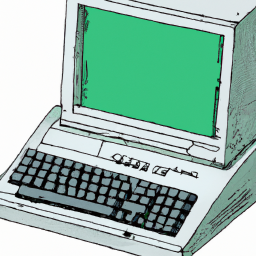
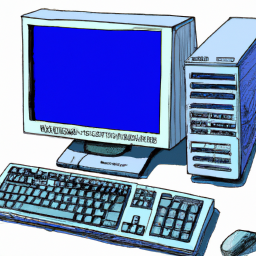
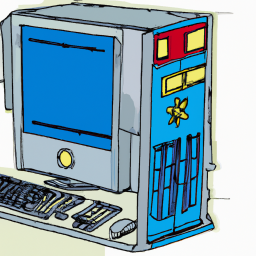
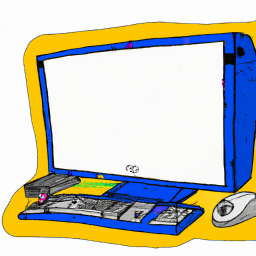
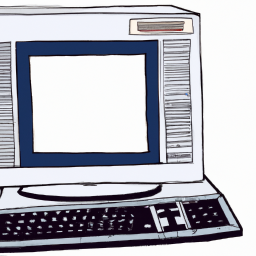
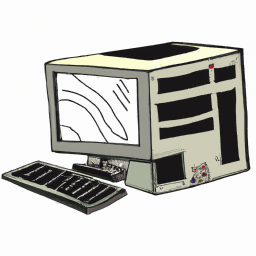
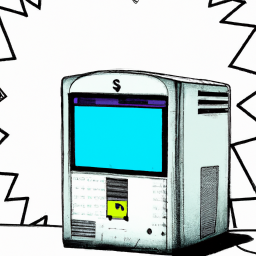
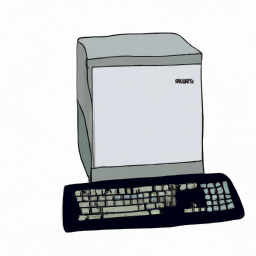
Terms of Service Privacy policy Email hints Contact us
Made with favorite in Cyprus